7 Savory Salt-Free Seasoning Blends That’ll Revolutionize Your Kitchen (Without the Sodium!)
Table of Contents
- Why Go Salt-Free?
- Top 7 Salt-Free Seasoning Blends
- Side-by-Side Comparison
- How to Use Salt-Free Seasonings Like a Pro
- Buying Guide: How to Choose the Right Blend
- Final Thoughts & Tips
Why Go Salt-Free? A Healthier Way to Spice Up Life 🌿
If you’ve ever tried to cook healthy but felt like you were eating cardboard, then you know how important seasoning is. Salt has long been our go-to flavor booster—but it can pack a punch when it comes to blood pressure and heart health.
Luckily, today’s market is brimming with salt-free seasoning blends that deliver big flavor without the sodium. Whether you're managing hypertension or just trying to eat cleaner, these blends are a game-changer.
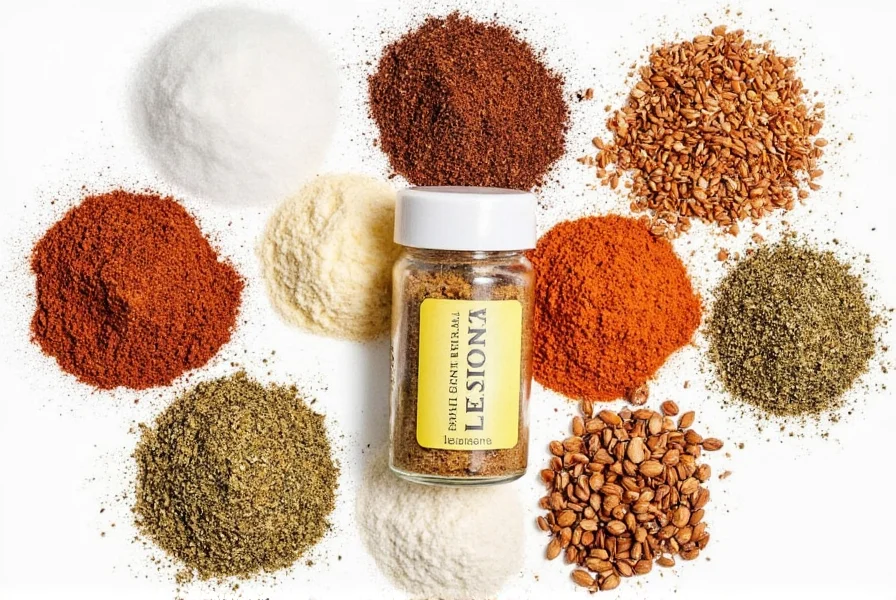
The Top 7 Salt-Free Seasoning Blends You Need to Try
Here’s a list of standout salt-free seasoning blends, each with its own unique flair and culinary use case. These blends have been curated based on flavor profile, ingredient quality, versatility, and user reviews.
- Herbamare Original: A classic blend of sea vegetables and herbs. Perfect for soups and stews.
- Priya Salt-Free Masala: Indian-inspired mix with turmeric, cumin, and coriander. Ideal for curries and lentils.
- McCormick Sodium-Free Italian Seasoning: Oregano, basil, thyme, and marjoram combo. Great for pasta dishes.
- Rex Richards Simply Seasoned All-Purpose: Versatile blend with garlic, onion, paprika, and more. Works well on everything from chicken to roasted veggies.
- Spice World No Salt Caribbean Jerk: Spicy, smoky, tropical vibes. Perfect for grilled meats and island-inspired bowls.
- Badia Seafood Magic: Tailored for seafood lovers—lemon, dill, and celery notes. Excellent on shrimp or salmon.
- Spicely Organics Everyday Seasoning: Organic and simple ingredients. Fantastic for beginners or anyone looking to keep things clean.

Side-by-Side Comparison: Which One Fits Your Pantry?
| Brand | Main Ingredients | Best For | Flavor Profile | Price Range |
|---|---|---|---|---|
| Herbamare | Kelp, parsley, celery seed, onion, mustard | Soups, broths, rice dishes | Earthy, umami-rich | $$$ |
| Priya Salt-Free Masala | Turmeric, coriander, cumin, fenugreek, ginger | Curries, flatbreads, lentil dishes | Warm, aromatic, earthy | $$ |
| McCormick Italian | Oregano, basil, thyme, marjoram, rosemary | Pasta, pizza, grilled veggies | Fragrant, Mediterranean | $ |
| Rex Richards All-Purpose | Garlic, onion, paprika, celery seed, chili powder | Chicken, fish, roasted potatoes | Smoky, savory | $$ |
| Spice World Caribbean Jerk | Black pepper, allspice, cinnamon, nutmeg, cloves | Grilled meat, tropical bowls, plantains | Spicy, sweet, warm | $$$ |
| Badia Seafood Magic | Dehydrated lemon juice, dill, celery seed, garlic | Seafood, salads, dipping sauces | Zesty, fresh, herby | $$ |
| Spicely Everyday | Sea salt*, onion, garlic, black pepper, oregano | All-purpose, especially for newbies | Simple, balanced | $ |
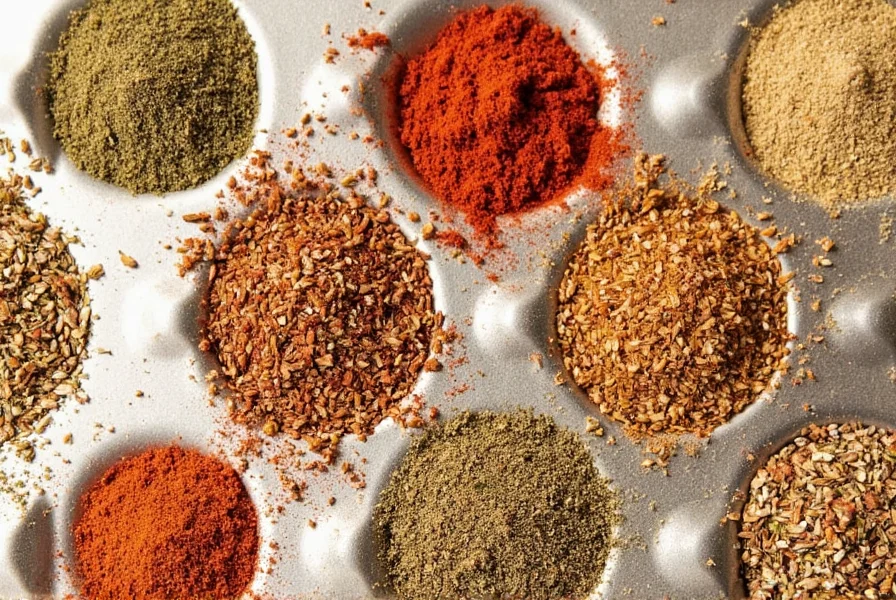
How to Use Salt-Free Seasonings Like a Pro ✨
Salt isn’t just about flavor—it also enhances other tastes. So when you remove it, you need to be a little more intentional with your seasoning strategy. Here’s how:
- Layer Flavors: Start with aromatics (onion, garlic), add acidic components (lemon juice, vinegar), and finish with salt-free blends for depth.
- Toast First: Lightly toast spices in oil or dry pan before adding to recipes to unlock their full aroma.
- Balance Acids and Bitterness: Add a splash of vinegar or citrus to brighten up a dish seasoned with earthy herb mixes.
- Don’t Be Shy: These blends are meant to replace salt, so use them generously within reason. Taste as you go!
- Create Custom Mixes: Blend two different salt-free seasonings together for complex flavors. Try mixing Herbamare + McCormick Italian for a hearty tomato sauce.
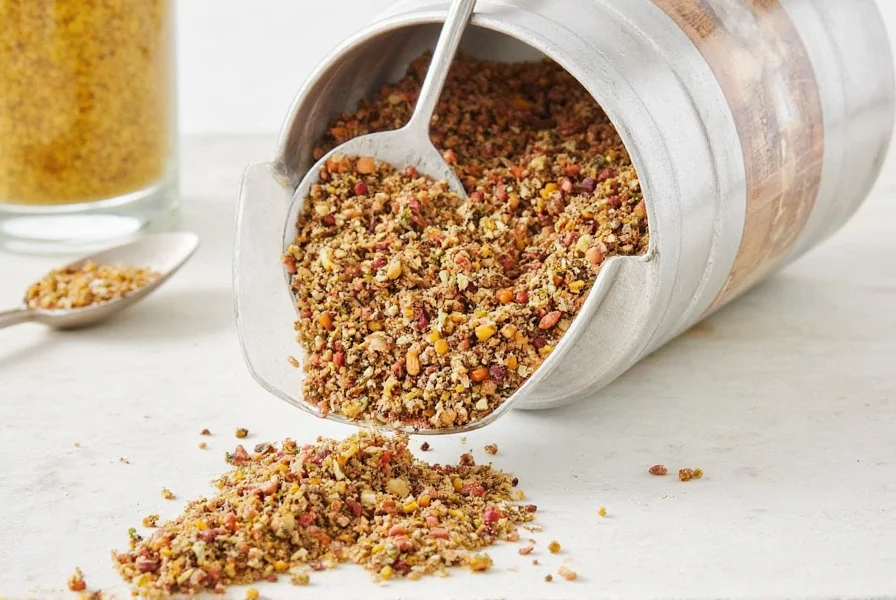
Buying Guide: How to Choose the Right Salt-Free Seasoning Blend
Not all salt-free seasonings are created equal. Some may contain fillers, additives, or unnecessary preservatives. Here’s how to pick the right one for your needs:
1. Know Your Cuisine
Each blend reflects a regional flavor profile. If you love Asian food, look for blends with lemongrass, ginger, or tamari. If Italian is more your vibe, opt for oregano-heavy mixes.
2. Check the Ingredient List
Shorter is better. The fewer additives, the better the blend. Avoid those with “natural flavors” or anti-caking agents unless you’re okay with mystery ingredients.
3. Consider Dietary Restrictions
Vegan? Gluten-free? Look for certifications or allergen statements on the label. Many brands now offer specialty options tailored to dietary needs.
4. Match It to Your Cooking Style
Do you meal prep? Go for an all-purpose blend. Grilling fan? Invest in a bold jerk or barbecue version. Love roasting vegetables? Try a smoky paprika-based blend.
5. Price vs. Value
Higher price doesn’t always mean better flavor. Some budget-friendly blends outperform premium ones in taste tests. Buy small sizes first to test before committing.
6. Read Reviews
Check customer feedback on flavor intensity, usability, and whether the product lives up to its promises. Amazon, specialty spice stores, and wellness sites often have honest opinions.

Final Thoughts & Tips: Embrace Flavor Without the Salt 💫
Gone are the days of bland, low-sodium meals. With today’s salt-free seasoning blends, you can elevate any dish while keeping your heart happy and your taste buds dancing.
Remember, cooking with salt-free blends is not just about substitution—it’s about exploring flavor layers, experimenting with global cuisines, and having fun in the kitchen. Don’t be afraid to try new combinations or create your own signature mix.
So next time you reach for the salt shaker, pause—and grab your favorite salt-free seasoning instead. Your body (and your dinner guests) will thank you.
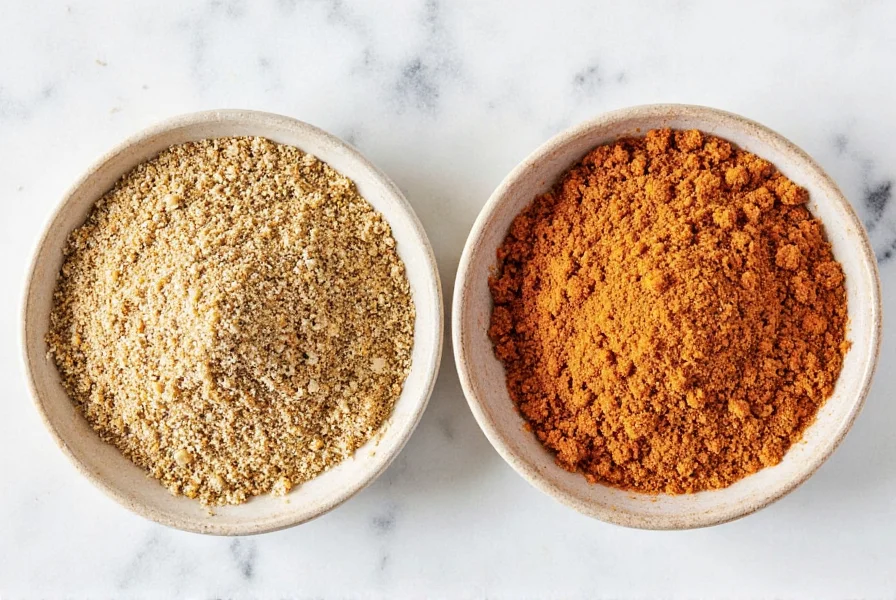

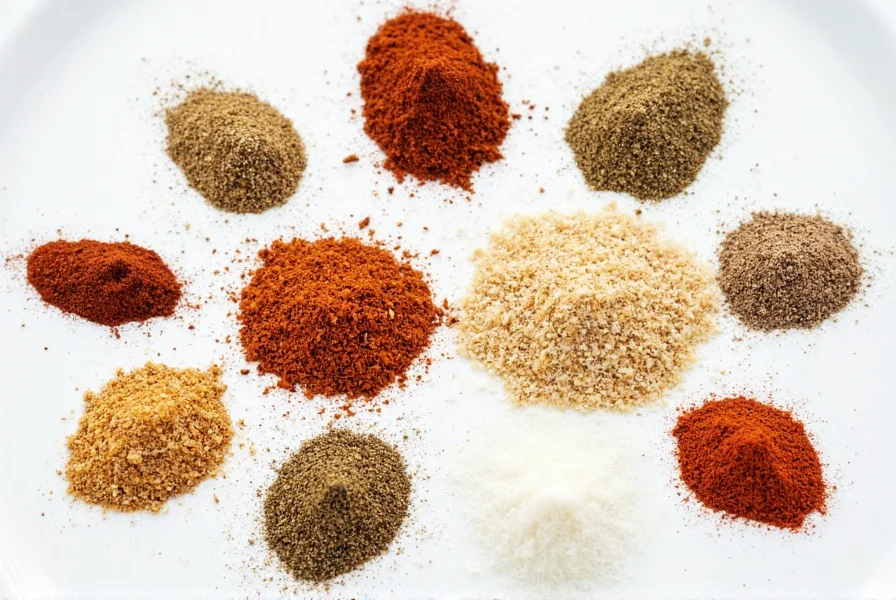









 浙公网安备
33010002000092号
浙公网安备
33010002000092号 浙B2-20120091-4
浙B2-20120091-4